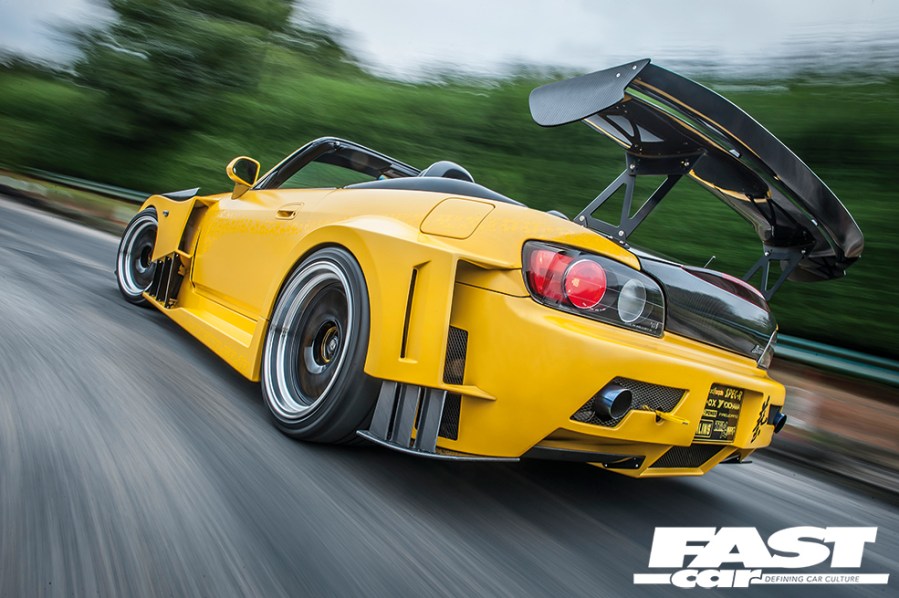Need some inspiration for your next build? These awesome Honda project cars should set you on the right path.
Honda is a brand which has been front and center in the modifying and tuning communities, seemingly forever. Around the world, the Civic is probably the most widely customized model of car, period. As a result of that, and of the love for a whole raft of other models, the aftermarket support that this brand enjoys is absolutely massive. So, if you’re wondering where to start with your next build, a Honda wouldn’t be a bad choice. To show you what you can achieve, let’s take a look back through some of the best Honda feature cars that we’ve showcased on the site.
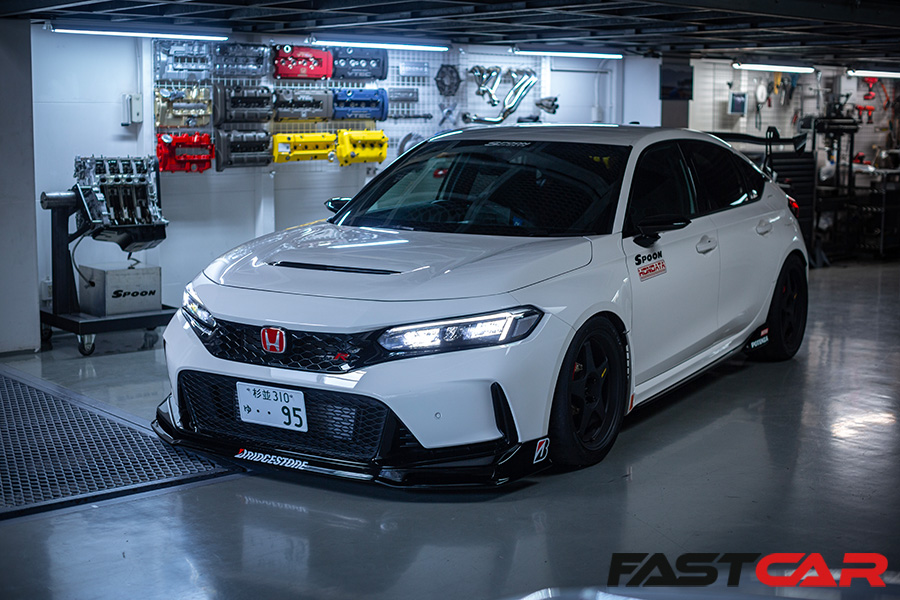
Turbocharged Type Rs
There’s no better place to start this round-up than with the Civic Type R. The current wave of modern-day turbocharged Type Rs are some of the best hot hatches that the car industry has ever produced. The handling out the box is sublime, and with more than 300 horsepower at your disposal, there’s an arguably optimal amount of power for the front wheels to deal with.
The current generation FL5 Type R really does feel like the best that the modern Type R era has to give – read our hands-on review to see what I mean. The core mechanical traits that everyone loves remain, while the styling is (in my opinion) by far the most attractive. With its aggressive yet subtle stock lines, the FL5 gives you the option of keeping things visually clean, or choosing to be more visually spectacular with your build if you wish. You aren’t shoehorned into a certain style.
As such, it’s much easier to achieve a wide range of looks with the FL5 compared to the older FK8 which appeared insane in its standard form. Personally, if I were to use an FL5 as a project car, I’d likely build a tasteful street-plus car like the Spoon demo vehicle above. Though, if you have more specialized ideas in mind, the thriving aftermarket and underlying performance potential of the car should allow you to turn it into a formidable track weapon.
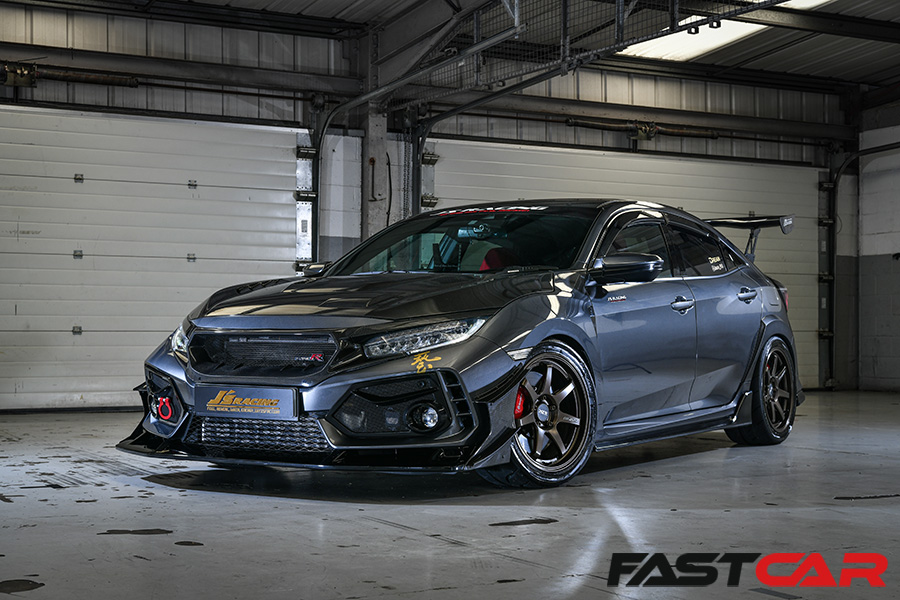
On the other hand, the aforementioned FK8-generation Civic Type R was born to be wild. So, why not lean into that and go for an all-out aggressive touge build? This J’s Racing FK8 is a great template to take inspiration from.
Of course, there’s nothing stopping you from turning a Type R into a stance car or something similar, but when it has such great driving prowess, it would seem a shame to throw those traits away in favor of outlandish camber.
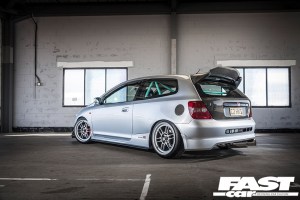
Naturally-aspirated Type Rs
Unfortunately, our North American readers will have to sit this one out, but for the rest of us, it’s worth turning back the clock and remembering what the Type R badge used to be about before forced induction took over. Back in the late ’90s and 2000s, Type R Civics were synonymous with ‘VTEC’. I’m sure this characteristic isn’t new to you, but in case you need a quick refresher, old naturally-aspirated B-Series and K-Series Type R engines had a mechanism which would switch to higher-lift cams at the top of the rev range. This results in a surge of power at around the 6k-zone (varying between each engine), and a truly theatrical driving experience. For many people, that era gave us the purest Type R Civics of all.
If that sounds appealing, you’ll be happy to learn that some of these older generation cars – like the EP3 above – are typically the more affordable Type Rs that you can buy. In fact, we recently took advantage of the reasonable asking prices ourselves, and built an FN2-generation project car for the Fast Car YouTube channel.
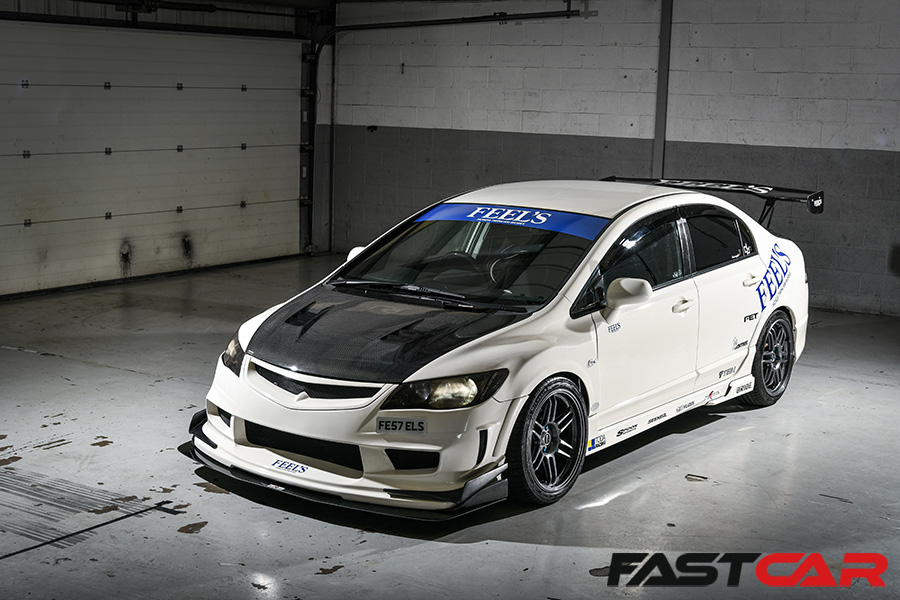
Of course, not every N/A Type R is a bargain. Specifically, the JDM-only EK9 and FD2 generations will cost you a pretty penny to import. And, as I alluded to before, if you live stateside then the importation of any of these older cars wouldn’t even be legal. The Civic Type R only officially went on sale in the US at the beginning of the FK8 generation, and so far of all the older N/A cars, only the EK9 unicorn can beat the 25-year rule.
Anyway, if you do live somewhere where you can get your hands on one of these, I’d highly recommend it. Overall, the FD2 generation – such as the FEEL’s track car pictured above – is considered by most to be the best naturally aspirated Type R to drive. Even high-end builds tend not to run more than 300hp (this one only outputs 230hp), but honestly, that’s plenty to have fun with when these cars are as light as they are, and feel as responsive as they do. It’s a sentiment I often come back to, but in the real world on real roads, big power isn’t everything. Though, I wouldn’t blame you for chasing bigger numbers if you wanted to. The owner of this FD2 reckons it could handle 400hp with its current level of aero and chassis mods.
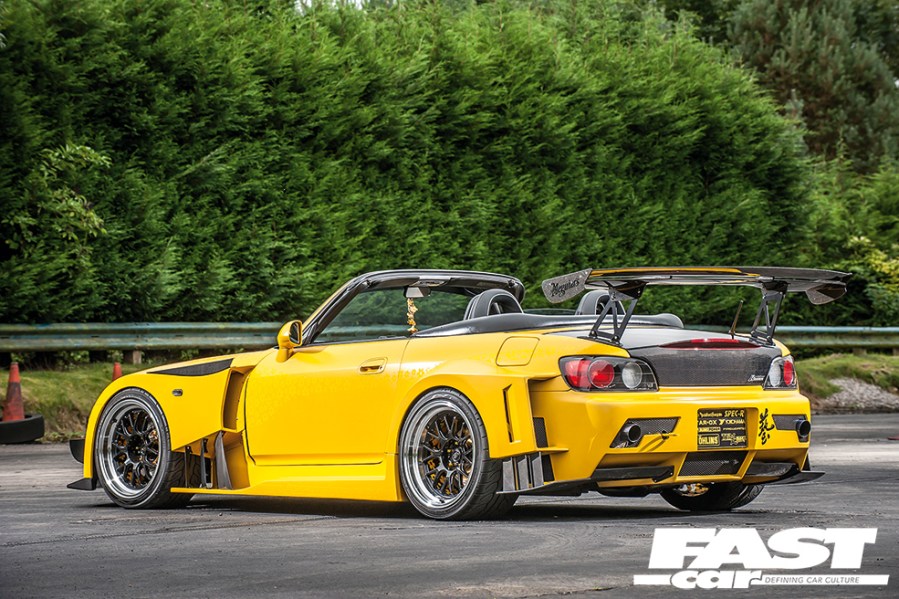
Honda S2000
Another tuner’s favorite, there’s a lot to love about the Honda S2000. First of all, it’s the traditional platform for a sports car: front-engine, rear-wheel drive, with a sleek two-door profile. But on top of that, it also has a truly charismatic engine – the F20C (or F22C1 in North America and late JDM models) – which would happily sing all the way up to 9000rpm (or just over 8k in the F22’s case). Stock power for either unit hovers around 240hp, though the F22C1 has a bigger displacement. If you stick to S2000’s naturally-aspirated roots, you’ll struggle to hit 300hp, however forced induction easily opens up the door to 400hp, and with enough time and investment 600hp isn’t beyond the realms of possibility either.
The yellow feature car above remains naturally aspirated, so its power output is a little tamer than that super-aggressive J’s Racing body kit might suggest. Still, this is undeniably a high-quality build, so if you’re looking for any pointers aside from under the hood, it’s well worth taking a closer look.
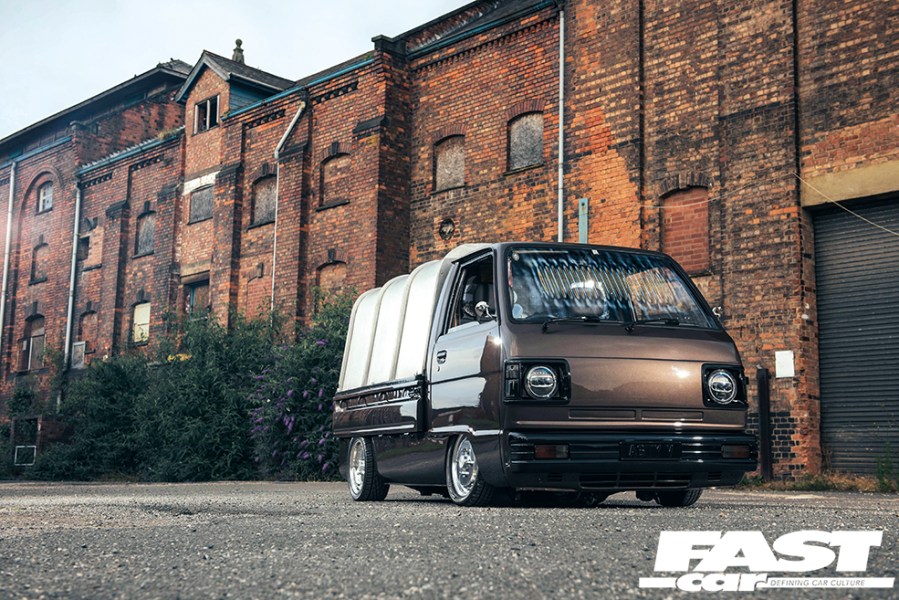
Kei trucks and vans
Now for something on the other end of the spectrum entirely. Kei vehicles are as popular within the enthusiast scene as they ever have been, and the Honda Acty (available as a van, pickup, or MPV) is one of the prime examples.
Let’s be honest, something like this is never going to be fast, so they lend themselves to making highly unique show cars instead.
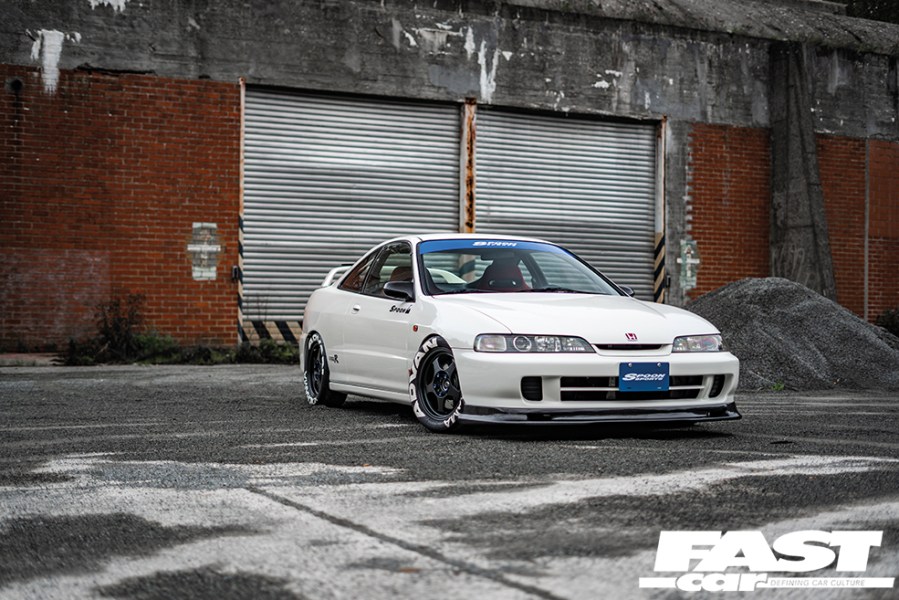
Integra Type R
Up next, a connoisseur’s choice. The Integra takes the original Civic Type R front-wheel drive hooligan recipe and wraps it up neatly in a pretty little coupe silhouette. They’re not the easiest cars to find to buy these days, and often they come at quite a premium, but there’s no doubting the fact that these are JDM gems.
The older shape Integra (DC2) was sold pretty much worldwide (albeit not always in Type R form), but regardless of which spec you can lay your hands on, you can always upgrade it to Type R levels or beyond. Back in the day, Integras were popular amateur and semi-pro racecars, and to this day I’d still say they’re best used as a track or touge car. The Spoon DC2 above is close to perfection for this type of fast road build, so it’s well worth reading the feature to get a few tips.
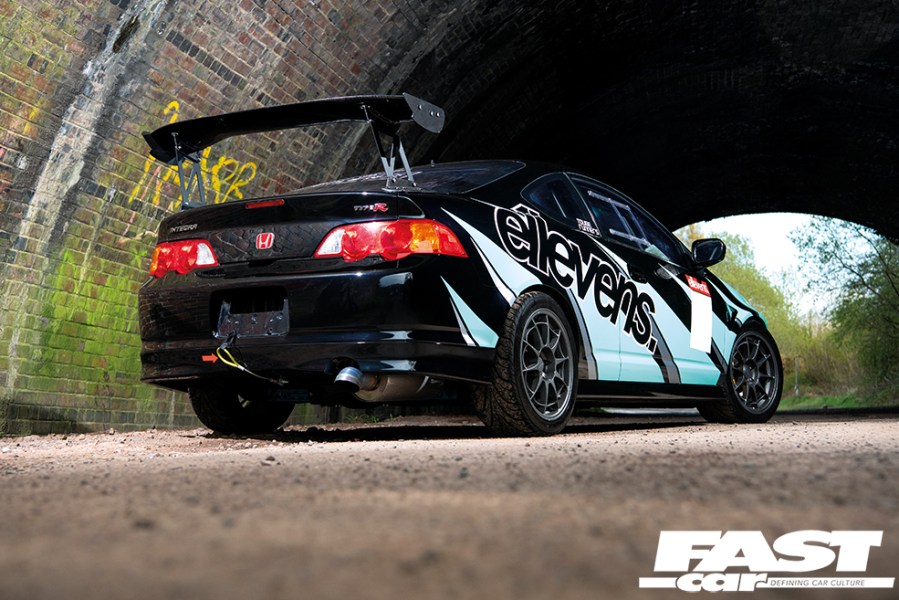
In Europe, the newer DC5 is arguably an even rarer beast, but in North America they’re plentiful, badged as the Acura RSX. The American RSX is best bought in Type S form, as you get a six-speed manual and only 10-20 less horsepower than a JDM Type R from its K20.
The RSX in particular has become quite a popular stance car in recent times, but like its DC2 predecessor, the DC5 was born with agility and performance in mind. And although there’s something special about old-school VTEC peakiness, some people like the owner of this black and turquoise example opt for forced induction to even out (and elevate) the power curve. Read the full feature to see the effect of supercharging on the DC5 platform.
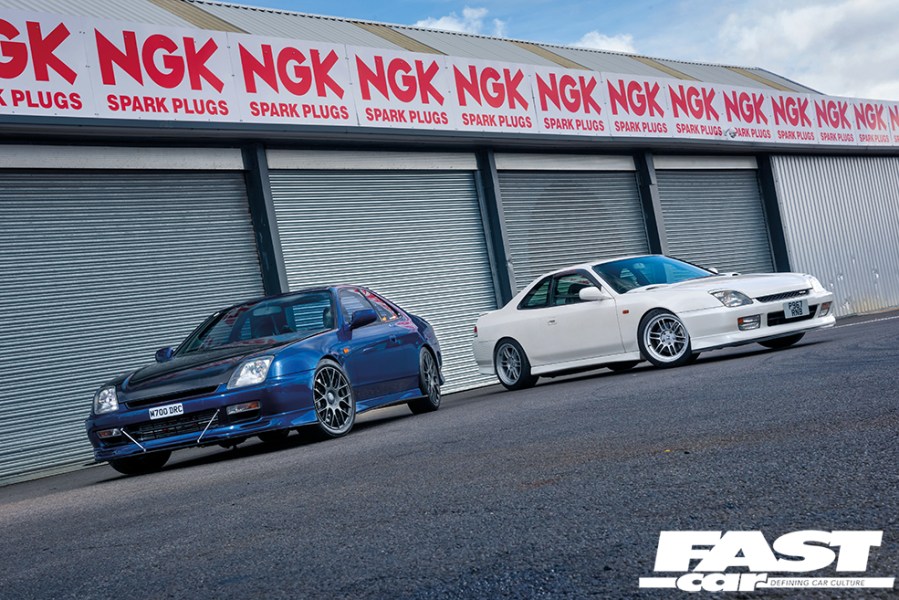
JDM street cred on a budget
The unfortunate reality is that any Japanese performance car will sell for more than it’s really worth these days, such is the hype and love for them on a global scale. The Civics and Integras mentioned above aren’t the worst offenders of the ‘JDM tax’ rule, but sadly they’re often no longer what you’d call cheap either. Even the little kei trucks and vans are getting up there. However, some models do represent better value than others, such as the Prelude.
In particular, fifth-gen examples will almost certainly cost you less than 10k, and can be had for under 5k if you choose a less desirable spec. And yet, there’s still plenty of potential to tap into. For instance, the blue example above was running 500hp when we met its owner, though he reckoned the (beefed-up) internals could handle 700hp with the right tuning! Fifth gen Preludes come packed with plenty of clever kit too – just don’t expect the driving characteristics to match anything with a Type R badge on it. After all, these are grand tourers rather than outright sportscars, but hey, I could say the same about the Mk4 Supra. If it’s bang for your buck that you’re after, the Prelude is well worth an investigation.
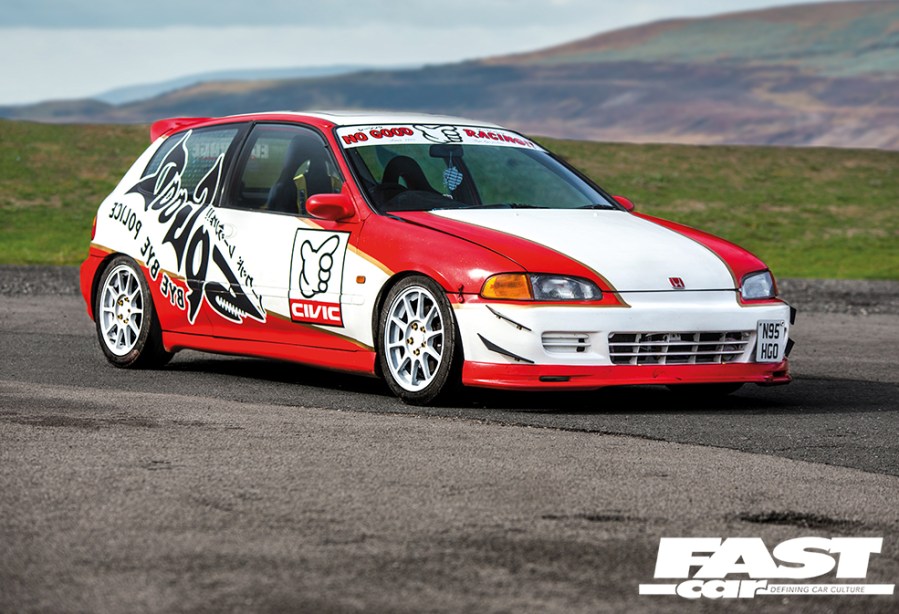
Another option if you’re on a fairly tight budget is to start with a simple non-Type R Civic. For example, an Si-spec EG Civic running a D-Series motor can still make for a fun kanjo-style build. And if you do end up with some extra cash to burn, a B-Series swap will turn the car into an absolute riot to drive with the right mods.
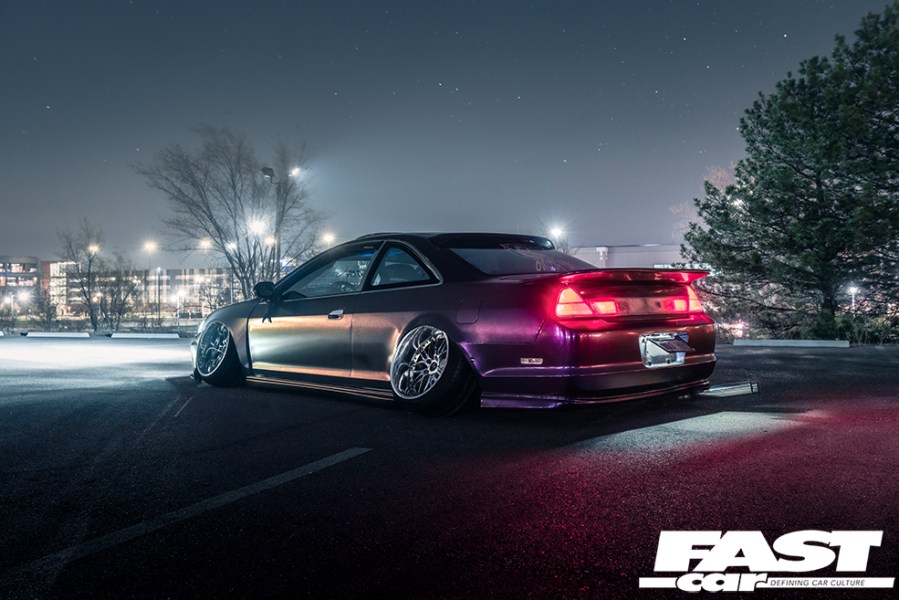
Stance builds
If you’re going to build a stance car of any sort, then the focus has to be on the aesthetics. You want a car with a profile that’ll enhance the wild mods you have planned, and often in my mind that means going for a big sedan-based coupe. That way, you get a car with an imposing footprint, while still retaining the two-door silhouette that most of us find cool. So, an Accord like this feature car fits the bill perfectly.
In fact, as stance builds go, this ticks a lot of boxes. The pearlescent wrap is suitably eye-catching, and that camber is downright unhinged. So, if you want a case study of how crazy you can feasibly take a stance build, this is a pretty good place to take inspiration from.
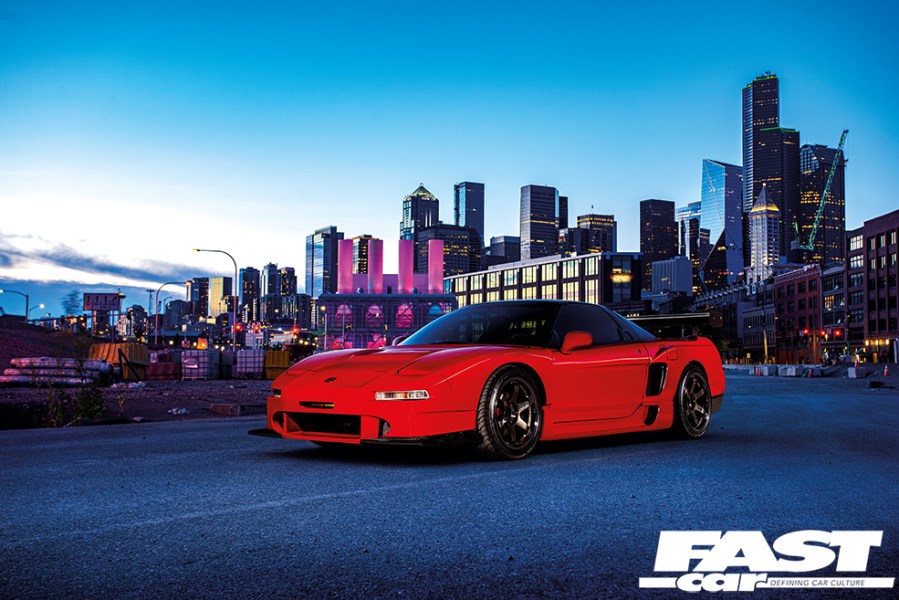
The ultimate Honda
The ultimate Honda surely has to be the first-gen NSX. It went through various guises and specifications, with the Type R models being both the finest to drive, and most expensive to buy. In fact, I’d say they’ve entered classic status. Regular NSXs (if there can be such a thing) are still pretty darn costly, but if you’re looking to flex a modified halo car, it doesn’t get much cooler than one of these.
There’s a few routes you can take it. You could hone in on the NSX’s party-piece which is that soulful N/A V6 and build a fast road touge runner for the ages – perhaps like the red model above. Or, you could lean into the NSX’s supercar aesthetic and build some visually spectacular like the yellow show car below.
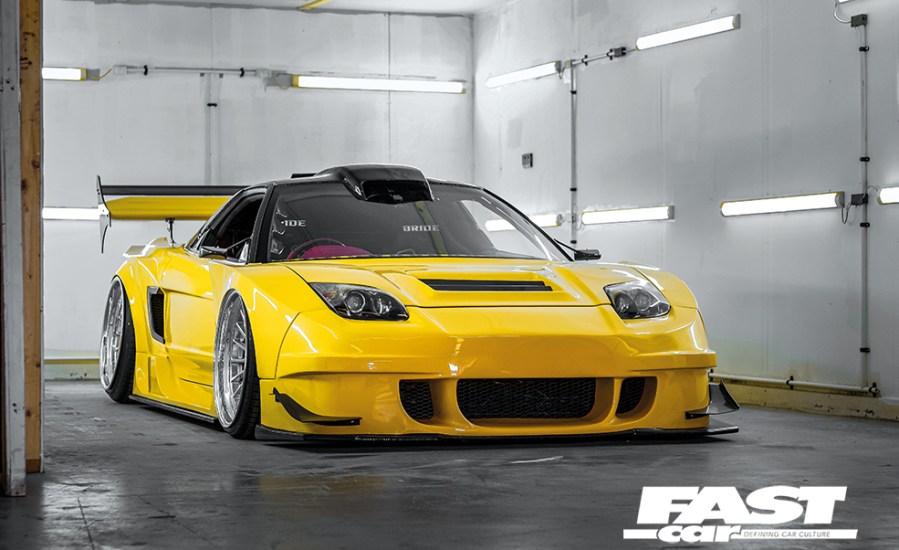
Of course, the NSX didn’t die in the early 2000s. In fact, there’s a reasonably deep aftermarket for the 2010s hybrid reincarnation. It’s not the sort of supercar that wins too much praise for its handling prowess, so again, you might be inclined to go down the show car path; something with wide arches, aggressive stance, but ultimately still competent to drive.
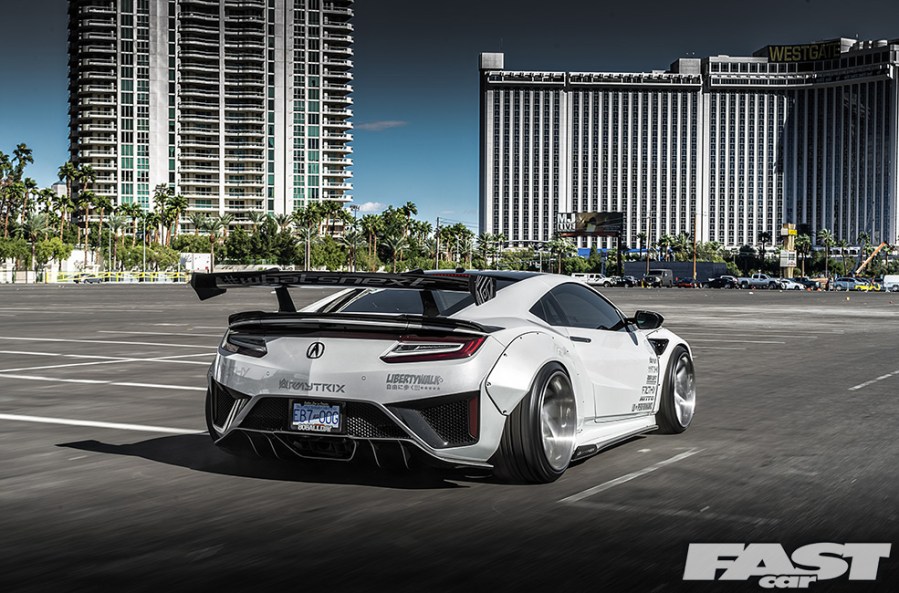
Feeling inspired? Have a read of these next guides to figure out how to translate dream into reality:
Or, if you’ve decided that maybe Hondas aren’t for you, how about seeking some Toyota-based project car inspiration instead?

